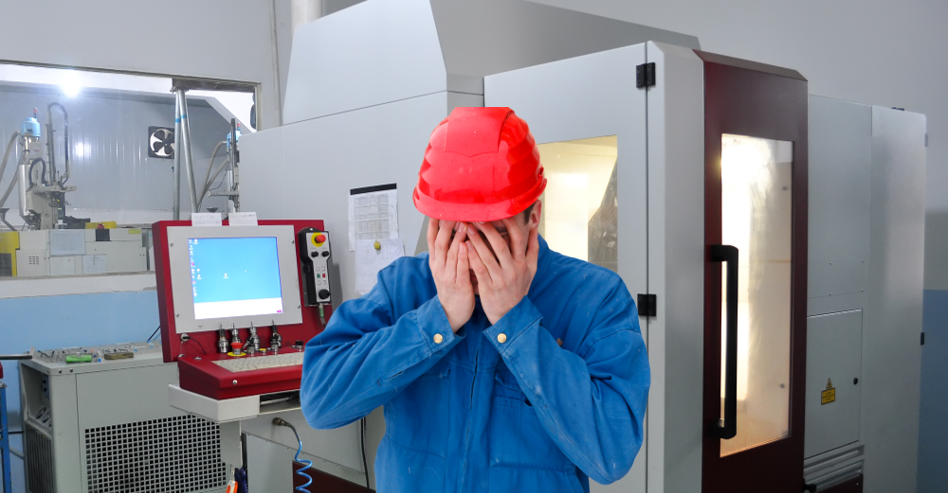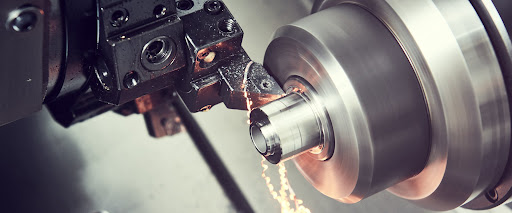If you’re in the industry of making metal-based products, you’re well aware of the necessity of metal finishing. The process of putting a metal coating or other treatment to the surface of a metal part or component is known as metal finishing. A substrate is a name for this element or component. A physical, chemical or mechanical technique can be used to polish metal. Metal finishing is used to protect, enhance the look of, and/or improve the performance of a product in general.
The name is a bit of a misnomer because it also includes non-metallic surfaces and materials. A metal coating, for example, can be put to a plastic substrate. Metal finishing has become a catch-all phrase for the last stage of the production process for both metallic and non-metallic items.
Which Metal Finishing Technique Is Best for You?
Metal finishing is a multi-step procedure that may be done in a variety of ways. It might be difficult to sort through the many metal finishing possibilities. That’s why I compiled a list of some of the most widely used metal finishing techniques so you can pick the ones that work best for your business.

Is Fiber Laser Cutting the Right Choice for Your Project?
Fiber laser systems have developed their capacities to be able to cut high-quality metals and adapt exact geometries of various parts, thanks to today’s technology. Other procedures are also challenged by them. Customers may focus more on the extra factors that are particular to their situation when making the final choice to be able to utilize a fiber laser machine. This includes a specific system that can manage their part(s) tolerances, as well as the question of whether using a fiber laser machine to create their components is a cost-effective option.
What to Think About When Selecting a Metal Finishing Method
When deciding which metal finishing method is ideal for your needs, there are several things to consider. First, decide which process type will best help you reach your unique goal, whether it’s corrosion resistance, enhanced aesthetics, electrical conductivity, or something else.
Another significant factor to consider is the amount of time it takes to finish the job. Cycle durations vary considerably from one process to the next, and factors including a substrate, component size, and work volume all play a role.
You must ensure that the procedure you choose is compatible with your production schedule.
The cost will, of course, play a significant factor in your decision. You should consider both long-term and short-term expenses when calculating costs. Keep in mind that while some metal finishing methods may be more expensive upfront, they might save you money in the long run by reducing cycle times or improving quality.
Visit CFM Technologies where they will provide you with high-quality and authentic metal solutions.


